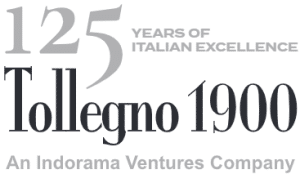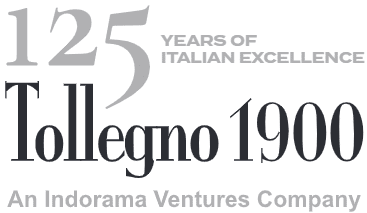What does a “Color Consultant” do? What is its role in defining a yarn collection? What are the inspirations that animate it? This is told by Leonie van Balen who has done much more with color than with the trace of her profession.
How did your passion for the world of colors arise?
From a very young age I have been very fascinated by colours. My father is an ornithologist, so I spent a lot of my childhood in nature with him and have always been drawn to the various colours of what nature has to provide. As a child I kept a book with all the dried flowers and leaves I collected to later turn them into collages. This has been the very beginning, but I have always kept this fascination. During my studies I have always put much focus on colours by doing extensive color research before starting to design the actual fabrics, garments and collections. I do this research by drawing inspiration from images that attract me and try to catch their essence by mixing my own colours with gouache paint and making colour combinations with the mixed colours.
What is the value of color in enhancing a yarn?
To me, this is a very important value. The colour of the yarn is like a first impression. Before perceiving the structure and touch, it is the colour that attracts first. Therefore it very important that the colour is alluring to enhance the appeal of the yarn.
How is a color chart created?
First I do extensive research on colour tendencies and trends. What will be colours that people will use and wear the coming seasons? I draw inspiration from a wide variety of images from fashion, art, photography cinema, nature and daily life. Everything that is current is taken as inspiration and could end up in my mood boards. For this collection I made different themes; “humanly bodies” (nudes and grey tones), “touched comfort” (pastels), “mixed materials” (natural colours), “hyper identity” (pop colours) and “new reality” (digital/neon colours).
I look for images that match these themes and make mood boards with selected colours that I mix by hand. I prefer to create my own colours than to look for existing colours, because this way you can create original colours freely. These colours are brought to the lab where the colours are translated into dyed yarns. Once the first lab dips are in, I review the colours and make comments if needed.
Then I take a good look at the existing color card to see which colours are missing and which colours can be taken out. Not only the trends and inspiration come in play here, we also look at the numbers of sales. Also archive colours are taken into account. Some colours that have been taken out or dyed before, may return to the current colour card.
With the selected colours I position the colours. I always try to make an appealing order of colours, to enhance their individual colours and to create a colour chart that is pleasing to look at.
First “harmony” card is created, which is considered the main card of Tollegno1900 and covers the most colours (210 colours for this season). Once this card is decided, I base off the colours from the other colours cards of these selected color cards. I always keep the quality in mind while choosing the colours. For example: Harmony 4.0 is a sporty yarn that has a technical qualities, so I select colours that are used in active wear. I always keep a certain type of garment in mind and do research on which colours are mainly used for these type of garments. For example: for Woollcott I thought to myself, what would be good colours for a knitted T-shirt?
What did the project you followed for Tollegno 1900 consist of?
Research, creating mood boards, mixing and selecting colours, reviewing lab dips and making a selection of the new colours, “building” the color card by putting the colours in correct order.
Are you working on any new projects that you can tell us about?
Besides a colour consultant, I also work as a knitwear designer. At the moment I am assisting Edward Buchanan in Milan where we work on the knitwear collection of Emilio Pucci, which is a great place to combine my passion for colours and knitwear! Next to that I have a little workspace/studio where I work on projects that involve the development of stitches and garments on smaller scale. I am currently working on knitted costumes for a theatre play. For Tollegno 1900, I would like to combine my qualities as a knitwear designer and colour consultant for the next season by also developing and researching knit stitches and treatments. I think working on knitwear techniques and colours at the same time and make them correspond with each other will enhance the quality and appeal of the yarns even more!





